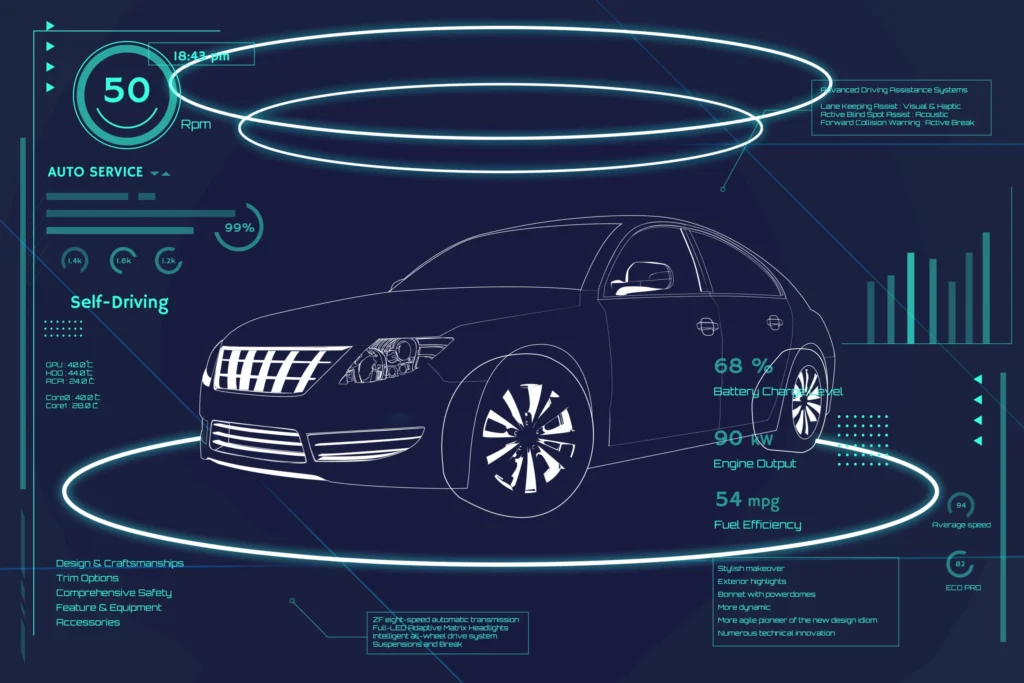The Role of Additive Manufacturing (3D Printing) in On-Demand Production
The manufacturing landscape is undergoing a profound transformation, driven by technological advancements and evolving consumer demands. At the forefront of this revolution is additive manufacturing, commonly known as 3D printing. This innovative approach is fundamentally reshaping how products are designed, produced, and delivered, particularly in the realm of on-demand production. By building objects layer by layer from digital designs, additive manufacturing offers unprecedented flexibility, efficiency, and customization, making it a cornerstone for the agile production models required in today’s fast-paced market.
Table of Contents
- Introduction to On-Demand Production
- What is Additive Manufacturing?
- Key Benefits of Additive Manufacturing for On-Demand
- Applications Across Industries
- Challenges and Future Outlook for Additive Manufacturing
- Comparing Traditional vs. Additive Manufacturing
- Conclusion
Introduction to On-Demand Production
On-demand production signifies a manufacturing strategy where goods are produced only when an order is received, rather than in anticipation of future sales. This model minimizes inventory, reduces waste, and allows for rapid response to market changes and customer preferences. It’s a stark contrast to traditional mass production, which relies on economies of scale and often results in large stockpiles and potential obsolescence. The shift towards on-demand is fueled by a desire for greater efficiency, reduced capital expenditure, and the ability to offer highly customized products.
What is Additive Manufacturing?
Additive manufacturing encompasses a range of technologies that construct a three-dimensional object from a CAD model by adding material layer by layer. Unlike subtractive manufacturing, which removes material from a larger block, 3D printing creates objects with minimal waste. This process can utilize a variety of materials, including plastics, metals, ceramics, and composites. The digital nature of additive manufacturing allows for rapid iteration and complex geometries that are often impossible or prohibitively expensive to produce with conventional methods.
Key Benefits of Additive Manufacturing for On-Demand
The synergy between additive manufacturing and on-demand production unlocks a wealth of advantages for businesses across various sectors.
Reduced Lead Times and Agility
One of the most significant benefits is the dramatic reduction in lead times. With traditional manufacturing, tooling and setup can take weeks or months. Additive manufacturing eliminates much of this, allowing for direct production from a digital file. This agility means companies can respond to market demands almost instantaneously, accelerating product development cycles and getting innovations to market faster. Rapid prototyping becomes seamless, iterating designs in days rather than weeks.
Customization at Scale
Additive manufacturing excels at producing unique, customized, or highly complex parts without incurring significant additional costs per unit. This enables mass customization, where each product can be tailored to individual customer specifications without retooling. Industries from medical (e.g., custom prosthetics) to consumer goods (e.g., personalized footwear) are leveraging this capability to deliver highly differentiated products.
Waste Reduction and Sustainability
By building objects layer by layer, additive processes generate significantly less material waste compared to subtractive methods like machining. Furthermore, the ability to produce parts locally or on-demand reduces the need for extensive shipping and warehousing, contributing to a smaller carbon footprint. This inherent efficiency positions 3D printing as a more sustainable manufacturing option.
Supply Chain Resilience
The ability to produce parts where and when they are needed can profoundly impact supply chain resilience. Instead of relying on a complex global network for every component, companies can decentralize production, manufacturing critical parts closer to the point of use. This mitigates risks associated with geopolitical instability, natural disasters, or disruptions in traditional logistics channels. Learn more about building resilient supply chains.
Applications Across Industries
Additive manufacturing’s versatility has led to its adoption across a diverse range of industries:
- Aerospace: Producing lightweight, complex components for aircraft and spacecraft.
- Medical: Creating custom implants, prosthetics, and surgical guides.
- Automotive: Developing rapid prototypes, custom parts, and tooling.
- Consumer Goods: Personalizing products, creating intricate designs, and small-batch production.
- Construction: 3D printing entire buildings or structural components.
The breadth of applications continues to expand as material science and printer technology advance. To explore further technological shifts, check out our insights on the future of manufacturing automation.
Challenges and Future Outlook for Additive Manufacturing
Despite its numerous advantages, additive manufacturing still faces challenges, including material cost and availability, post-processing requirements, and a need for skilled operators. However, ongoing research and development are rapidly addressing these limitations. The future of 3D printing in on-demand production is bright, with advancements in multi-material printing, increased build volumes, faster print speeds, and integration with AI and robotics promising even greater efficiency and capability.
Comparing Traditional vs. Additive Manufacturing
To better understand the paradigm shift, let’s compare some key aspects:
| Feature | Traditional Manufacturing | Additive Manufacturing |
|---|---|---|
| Tooling | High initial cost, long lead time for molds/dies | No dedicated tooling required per design |
| Customization | Expensive for low volumes, mass production focused | Cost-effective for customization, individual parts |
| Complexity | Limited by machining capabilities | Enables highly complex geometries and internal structures |
| Waste | Significant material waste (subtractive) | Minimal material waste (additive) |
| Lead Time | Longer, especially for new products | Significantly shorter, rapid prototyping possible |
| Inventory | Requires large inventories, risk of obsolescence | Reduced or no inventory, true on-demand |
Conclusion
Additive manufacturing is more than just a novelty; it is a foundational technology driving the evolution of on-demand production. Its ability to enable rapid prototyping, mass customization, sustainable practices, and resilient supply chains makes it indispensable for businesses seeking to thrive in the modern economic landscape. As the technology continues to mature, its role in defining the future of manufacturing will only grow, promising a more agile, responsive, and efficient industrial world.


